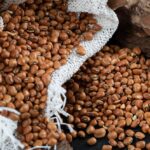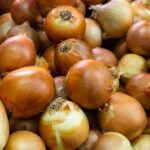Ratoon Stunting Disease (RSD) is a viral disease that affects sugarcane crops. It is primarily transmitted through infected planting materials, such as cuttings or buds. Here are some symptoms of Ratoon Stunting Disease that you should look out for in sugarcane:
- Stunted growth: Affected sugarcane plants show a significant reduction in growth compared to healthy plants. The size of the stalks may be smaller, and the overall plant height may be shorter.
- Poor ratoon formation: RSD-infected plants have reduced ability to produce viable ratoons (secondary shoots that emerge after the main crop has been harvested). The number and quality of ratoons may be significantly lower.
- Chlorosis: Chlorosis refers to the yellowing of leaves due to a lack of chlorophyll. Sugarcane plants affected by RSD may exhibit yellowing or paleness in their leaves. The chlorotic areas are typically irregular in shape.
- Narrowing of leaves: The leaves of infected sugarcane plants may appear narrower and thinner than healthy leaves. This symptom is commonly referred to as “pencil leaf” or “pencil stripe.”
- Mosaic patterns: Some RSD-infected plants may exhibit mosaic patterns on the leaves, characterized by light and dark green areas. These patterns may vary in intensity and distribution.
- Red discoloration: In certain cases, infected sugarcane stalks may develop reddish discoloration, primarily at the nodes. This symptom is more commonly observed in some varieties.
It’s important to note that these symptoms may vary depending on the severity of the infection, sugarcane variety, and environmental conditions. If you suspect Ratoon Stunting Disease in your sugarcane crop, it is recommended to consult with agricultural experts or plant pathologists who can provide a proper diagnosis and guidance for management strategies.







